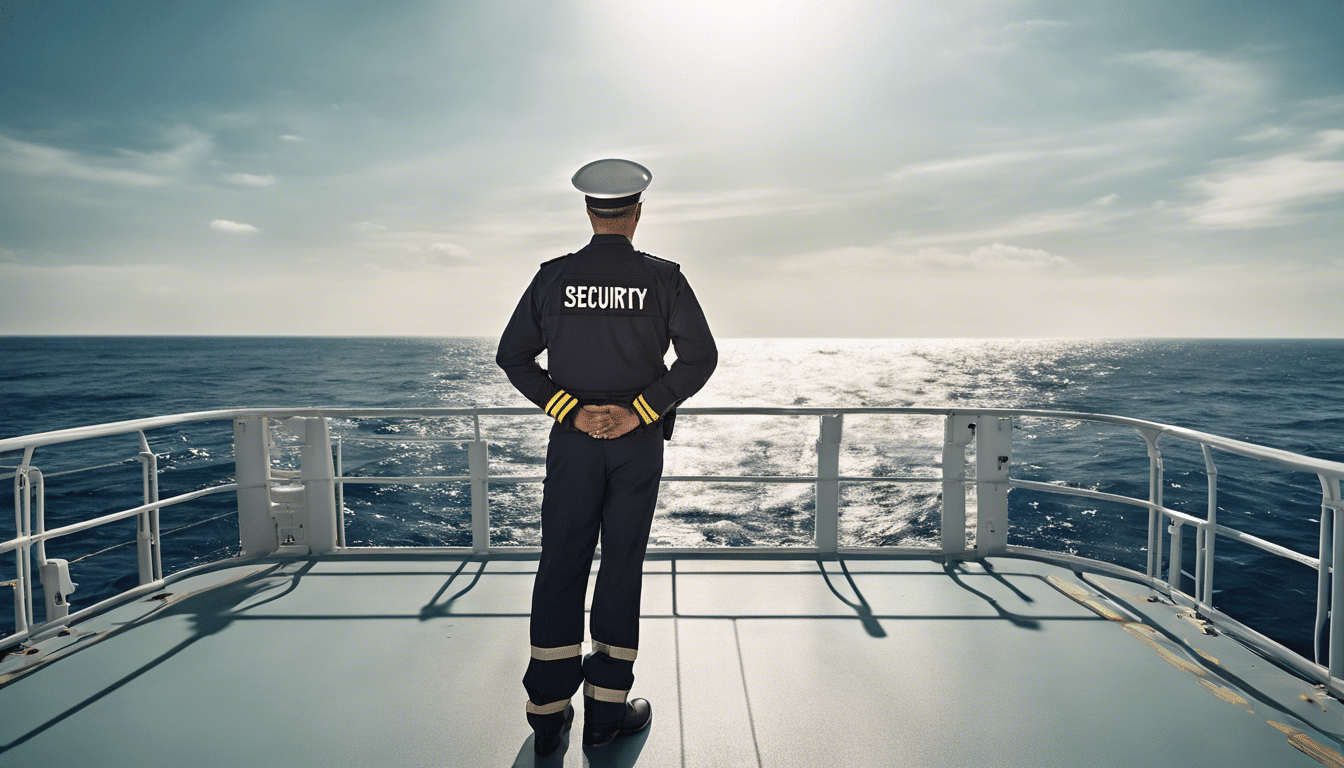In the maritime industry, safety and security are of paramount importance due to the complex nature of operations and the potential threats that vessels may face. Two crucial concepts in this realm are ‘Proficiency in Designated Security Duties’ and ‘Proficiency in Security Awareness.’ While both play a vital role in safeguarding maritime operations, they are distinct in their focus and implementation. This article delves into these concepts, exploring their definitions, comparing their proficiency levels, and discussing their implications for training and development within the security sector. By understanding the differences between Proficiency in Designated Security Duties vs. Proficiency in Security Awareness, maritime professionals can enhance their overall security posture and better protect their assets.
Learn More About Our Courses Here!
Key Takeaways
- Designated security duties encompass specific, assigned roles and responsibilities within a security framework.
- Security awareness focuses on the general understanding and recognizing of potential security threats by individuals.
- Proficiency in designated security duties requires specialized training, whereas proficiency in security awareness can be developed through broader educational initiatives.
- Comparative analysis reveals that both forms of proficiency are crucial but target different aspects of security effectiveness.
- Enhanced training programs should address both proficiency levels to strengthen overall security posture in organizations.
Defining Designated Security Duties
When it comes to maritime security, understanding the nuances between proficiency in designated security duties versus proficiency in security awareness is crucial for effective implementation of safety protocols. Designated security duties refer to specific responsibilities assigned to crew members and security personnel, such as conducting regular security patrols, monitoring access points, and ensuring compliance with the International Ship and Port Facility Security (ISPS) Code. On the other hand, proficiency in security awareness encompasses the broader understanding of security threats and the importance of vigilance among all personnel. While designated security duties focus on concrete actions and roles within the security framework, security awareness is about fostering a culture of safety and preparedness. Recognizing these differences enables maritime organizations to tailor training programs and ensure that all crew members not only meet their assigned security duties but also maintain a high level of situational awareness, ultimately enhancing overall maritime safety.
Exploring the Concept of Security Awareness
Security awareness is a crucial component of maritime safety, enhancing the overall security posture of vessels, ports, and maritime operations. Within this broader context, understanding the discrepancies between proficiency in designated security duties and proficiency in security awareness is fundamental. Proficiency in designated security duties refers to the specific tasks and responsibilities that a security officer must fulfill to maintain safety protocols on board a ship or at a facility. This includes conducting regular security checks, implementing emergency procedures, and ensuring compliance with international maritime security regulations. On the other hand, proficiency in security awareness involves a deeper understanding of the security environment, including identifying potential threats, recognizing suspicious behavior, and fostering a culture of vigilance among crew members and staff. While designated security duties focus on execution and compliance, security awareness emphasizes knowledge, observation, and proactive engagement. Both elements are critical, yet they serve different purposes in safeguarding maritime operations. By appreciating the nuances between these two types of proficiency, maritime professionals can better prepare themselves to respond effectively to evolving security challenges.
‘An ounce of prevention is worth a pound of cure.’ – Benjamin Franklin
Learn More About Our Courses Here!
Comparing Proficiency Levels: Designated Duties vs. Security Awareness
In the maritime industry, the importance of security cannot be overstated, and understanding different levels of expertise is crucial for effective safety protocols. This brings us to the core concept: Proficiency in Designated Security Duties vs. Proficiency in Security Awareness: Understanding the Differences. Proficiency in Designated Security Duties involves specialized training and hands-on experience that enables personnel to perform specific roles in maritime security, such as responding to threats or managing security operations on board vessels and port facilities. Conversely, Proficiency in Security Awareness focuses on general knowledge and understanding of potential security risks and the importance of vigilance among all crew members. While both proficiency levels contribute to a robust security framework, the key distinction lies in the depth of responsibility and the nature of the training involved. A well-rounded approach that emphasizes both areas ensures not only the competence of designated security staff but also a culture of awareness and readiness among all maritime workers.
Implications for Training and Development in the Security Sector
In the ever-evolving landscape of the security sector, proficiency in designated security duties vs. proficiency in security awareness is a critical distinction that influences training and development strategies. Established security personnel must not only master specific tasks associated with their roles but also cultivate a deeper understanding of the broader security environment and potential threats. Training programs should address these dual aspects, ensuring that personnel are well-versed in their responsibilities while also developing a keen awareness of current trends and best practices. This dual proficiency enables security professionals to respond effectively to incidents, fostering a proactive culture that enhances overall safety and security. By recognizing the importance of both skill sets, organizations can better prepare their teams to tackle the complexities of modern security challenges.
About Virtual Maritime Academy
Virtual Maritime Academy is a leading provider of online maritime education and training, offering a wide range of courses designed to meet the needs of the global maritime industry. With a commitment to quality and innovation, Virtual Maritime Academy is dedicated to preparing seafarers and maritime professionals for success in their careers. Now a DNV Certified Maritime Training Provider, the academy upholds the highest standards of excellence in training and education.













